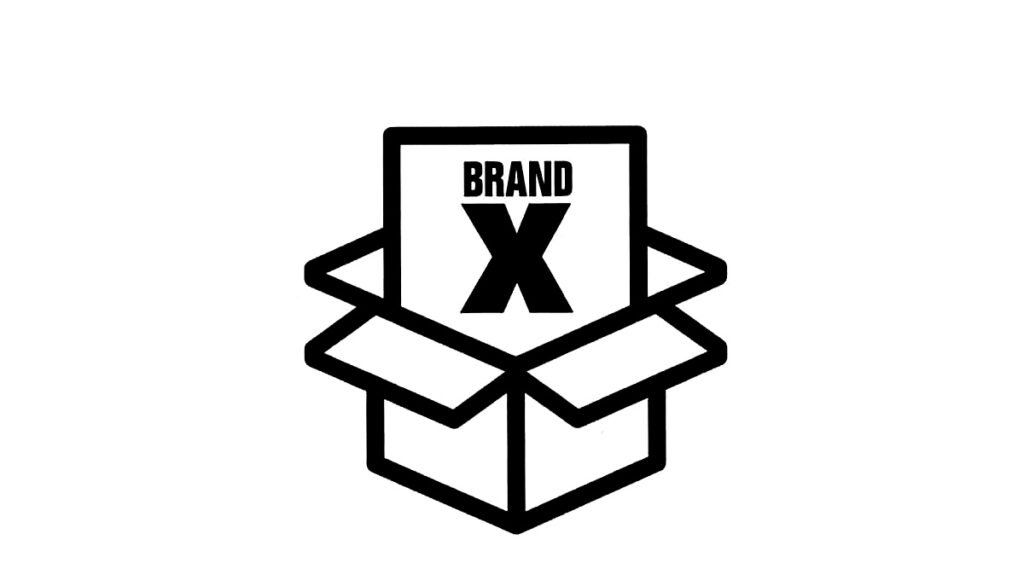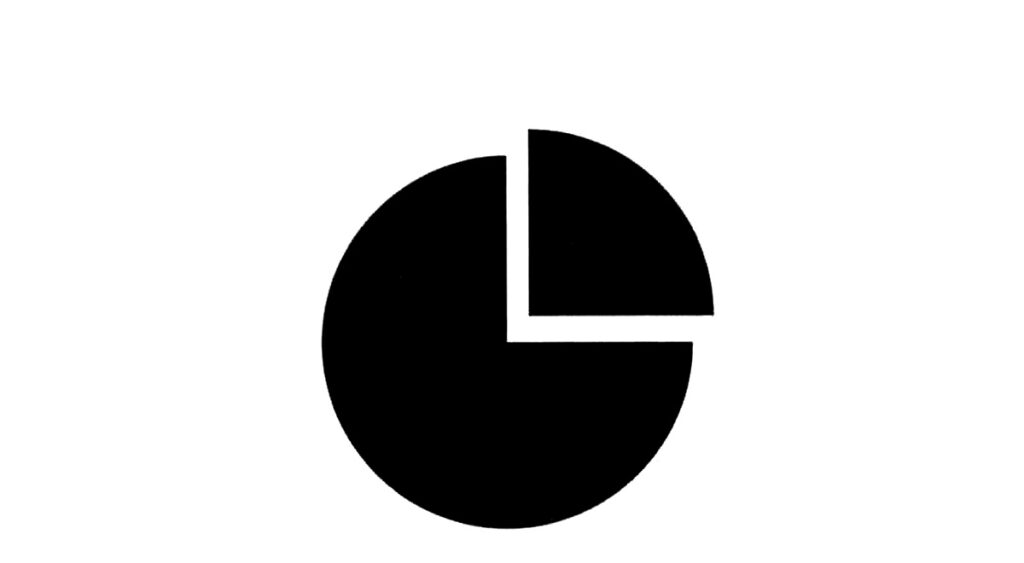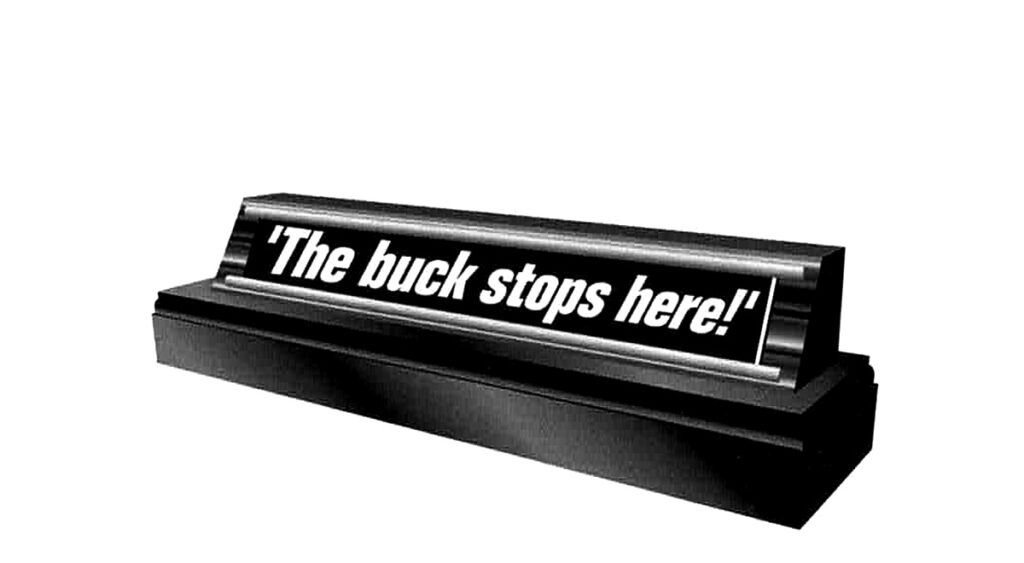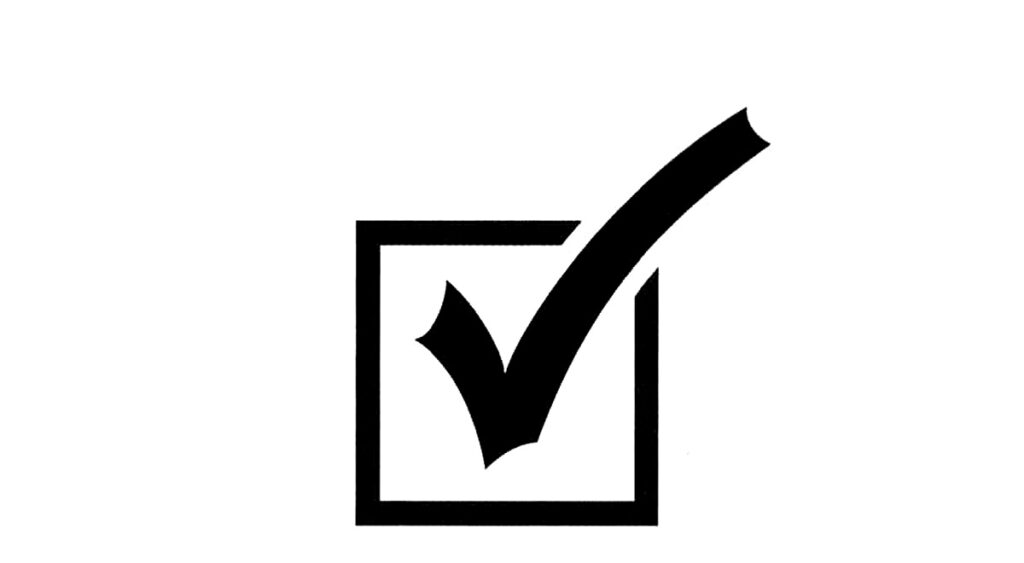12 Tips to Help You Succeed – Part Two

Wollongong, NSW
It’s taken me 38 years in business to learn these 12 tips, most of them the hard way! You certainly don’t have to agree with all of them, but I hope that at least some of them help you.
I gave a detailed introduction to this series at the start of Part One. So I won’t repeat it, but simply link to it here.

5. Your Brand is Much More than Your Logo
Customers will pay more for an item if they value that brand. Just look at Mercedes and BMW. Why do so many customers pay such huge premiums for these brands?
A customer’s perceived brand value is based upon far more than the logo.
Your branding includes everything from:
- Your staff’s product knowledge
- The quality of your mechanical servicing
- Your willingness to warranty your products and services
- The ways that you make it easy for your customers to purchase including payment methods, perhaps a home delivery option
- The presentation of your showroom
…and so the list goes on.
If you want to build ‘brand equity’ then you can’t take shortcuts. Have you seen any shabby looking Mercedes or BMW showrooms lately?
One final point on branding; by becoming a dealer for one or more a strong global bike brands, you’re standing on the shoulders of years of brand building, but whose brand do you really want to build?
As we have seen in recent years, some of the multinational brands won’t hesitate to close a dealer’s account for a variety of reasons, some of which may be beyond your control.
When it comes time to sell your business, you need to have built value into your own company brand. That’s what’s going to boost your sale price the most, not just the brands of the products that you stock. I’m sure some wholesalers may disagree with this point!

6. Marketing is Much More than Just Advertising
Over 20 years ago a business savvy bicycle wholesaler, who was also a major advertising client of Bicycling Australia at the time, sat me down and drew a pie chart.
As he drew, he explained that advertising is just one wedge shaped slice of the pie. He then drew names on the other slices including:
- Public relations
- Product pricing
- Customer support
- Staff sales training
- Community involvement (think shop rides, working with your local school etc),
- Rider or team sponsorship
- Market research
- Shop cycling kit
- Signage
- Free first bike service
Plus he listed a few others. Today you would add social media and perhaps a few more items that didn’t exist back then.
Where does marketing fit in? Marketing is the whole pie.
You should think of marketing as everything that you do in your business that enhances the exchange between you, your customers and your potential customers.
I highly recommend that you read books on all aspects of business management. One of the best books I’ve ever read about marketing is called “The 22 Immutable Laws of Marketing” by Al Ries and Jack Trout. Sure, it may have been published way back in 1994, but at its core, marketing is all about people and emotions, so the fundamentals have not changed at all.
I’d recommend you read this book because it’s written by a couple of battle hardened marketing strategists who have little time for ‘conventional wisdom’. But just in case you don’t take my advice, I’ll finish this section with three of their 22 laws.
- Marketing is not a battle of products, it’s a battle of perception.
- Unless you write your competitor’s plans, you can’t predict the future.
- Failure is to be expected and accepted.

7. Winners Take Responsibility
I’m definitely not going to name names in this section because I know how hard you all work and I don’t want to personally offend anyone.
But from the hundreds of bike shops, wholesalers and other bike businesses around Australia that I’ve either visited or interviewed for “How’s Business?” and other articles, I’ve noticed a consistent, common theme.
The winners, that is the businesses that are clearly doing well, take full responsibility for their destiny. They focus their time and energy upon the things they can influence that will improve their business. Sure, there are some things beyond their control, but winners don’t get bogged down worrying about these.
But the losers, if you’ll excuse such a harsh term, almost always externalise the factors for their poor business performance. “It’s the weather!” “It will be better once this stupid election is over!” “Everybody’s doing it tough at the moment and anyone that tells you otherwise is lying!”
How do they know this? Has every other business posted their latest financial statements online?
When you’re pointing the finger of blame at someone else you’ve got three fingers pointing back at yourself. They are the fingers you should be taking notice of.
Winners operate subject to the same weather, elections and other externalities that are beyond their control, but they think about them far less. When they do, it’s usually in the context of what they can do to counteract them.
Wet or cold weather? Great! “Let’s ramp up our stock and display of rain jackets and winter gloves! Let’s convert our basement and run indoor spin classes!”
I was taught this lesson well by a highly successful Olympic cycling coach who also coached my local state team. He made us speak out our goals in front of our peers, then taught us what was required to achieve those goals. Apart from the obvious one, hard work, another key was to be able to objectively assess your own strengths and weaknesses as well as those of your competitors.
Being overly optimistic was just as unhelpful as being pessimistic.
Another huge factor he stressed was our mindsets. Some people go through the motions without ever expecting to win. I knew I wasn’t always going to win, but that didn’t stop me playing through all sorts of scenarios that would see me cross the line first.
Largely because of this, I ended up winning at least twice as many races as I would have based upon my relatively modest physical ability alone. Sure, I still lost 90% of the time but if you keep going and ride a thousand races it still means that you end up winning about 100, which was roughly my lifetime tally.
If all of this talk of winners and losers sounds too competitive for you, then it’s probably time for you to sell up and work for someone else, because like it or not, the world of business is no less competitive than the world of sport.
Over time, your reality ends up matching your expectations. So if you don’t already think of yourself as a winner, start doing so today and aim higher!

8. Do What’s Best for Your Business
Should you become a concept store carrying only one bike brand or should you carry many brands?
Should you trade seven days or just five?
Should you sell via mail order or only through your store?
The answer to these and other questions is, “Do what’s best for your business.”’ In other words, the right answer for one store may be the wrong answer for another.
The concept store vs multi brand question is one of the most contentious of all. I’ve heard dealers on both sides of the fence swear black and white that their strategy is the right one.
But like all real world decisions, the reality has more shades of grey.
Concept stores allow simplicity in ordering, a greater depth of relationship with one key supplier and possibly larger margins. But on the other hand, you’re totally reliant on that supplier keeping good stocks of the bikes you need and for their overall brand to remain popular and competitive.
Multi brand dealers stand by the principle that, “Customers want to see choice!”
I know of one long-established Melbourne shop that used to stock multiple brands, but was really struggling to sell high end bikes. Then they became a concept store. They made the most of that brand’s shop designing team and gave their store a magnificent makeover which lifted them up to best practice, whilst highlighting their unique heritage. They did every training course that their supplier offered and really took the lessons to heart.
Now that store has no trouble selling the highest level bikes as well as the “bread and butter”. The owners’ financial wellbeing has been transformed.
Meanwhile there are still plenty of very successful multiple brand stores around, including some of the largest stores in Australia.
Only you can decide what’s right for you.
Next month we’ll conclude this series with part three that will contain tips nine to 12 and some final remarks.

Hi Phil, Great post. I asked ChatGPT for the 22 Immutable Laws, a description of Get Around Caboolture, and this is what it said:
1. The Law of Leadership
Application: Be the first group in your town to advocate for “transport dignity” as a core value.
Example: Brand your group as “Leaders for Safe Streets and Accessible Transport.”
2. The Law of the Category
Application: If another group addresses similar issues, define a distinct category. Focus on “safe streets for all ages and abilities” or “transport dignity” to differentiate your mission.
Example: Emphasize your unique focus on both safe biking and inclusive bus systems.
3. The Law of the Mind
Application: Ensure your message is memorable and resonates emotionally with your audience.
Example: Use a slogan like “Freedom to Move, Safety for All.”
4. The Law of Perception
Application: Shift perceptions about transport by showing its impact on everyday lives.
Example: Share relatable stories about children biking to school or seniors accessing services independently.
5. The Law of Focus
Application: Own a single, clear idea like “transport dignity” and reinforce it consistently.
Example: Frame all your campaigns around improving safety and access for all residents.
6. The Law of Exclusivity
Application: Avoid competing on the same message as other groups. If another group focuses on recreational cycling, emphasize safe streets as essential for everyone’s daily needs.
Example: Highlight the practical benefits of transport improvements, like better access to work and schools.
7. The Law of the Ladder
Application: Position your group based on its grassroots and community-driven nature.
Example: Market yourselves as “a group of neighbors working to make transport work for everyone.”
8. The Law of Duality
Application: Recognize that discussions about transport might polarize into two camps, such as car-centric versus people-first planning.
Example: Frame your group as advocating for balanced solutions where everyone can coexist safely.
9. The Law of the Opposite
Application: Position your goals as the alternative to the current car-dominated system.
Example: “We’re not against cars, but we believe streets should be safe for everyone, no matter how they travel.”
10. The Law of Division
Application: Understand that transport advocacy can divide into categories like biking, walking, and public transit. Unite these under the umbrella of “transport dignity.”
Example: Show how interconnected solutions benefit all groups—bike paths connect to bus stops, and footpaths link neighborhoods.
11. The Law of Perspective
Application: Emphasize the long-term benefits of safe streets and reliable buses over short-term fixes.
Example: “Investing in safe streets today means healthier, more independent families tomorrow.”
12. The Law of Line Extension
Application: Avoid diluting your focus by taking on unrelated community issues.
Example: Stick to transport goals, like slowing down street speeds and improving bus services.
13. The Law of Sacrifice
Application: Sacrifice trying to appeal to everyone; focus on those who benefit most from your mission, like kids, seniors, and low-income residents.
Example: “We prioritize those who need safe, reliable transport the most.”
14. The Law of Attributes
Application: Highlight attributes that contrast with car dependency, such as “freedom for all ages.”
Example: Promote biking and walking as ways to foster independence and community connection.
15. The Law of Candor
Application: Be honest about challenges to build credibility.
Example: “We know change takes time, but every step we take makes our town safer and more connected.”
16. The Law of Singularity
Application: Focus on one impactful action to gain momentum, like lobbying for reduced suburban street speeds.
Example: Start with a campaign for a 30 km/h (20 mph) speed limit on residential streets.
17. The Law of Unpredictability
Application: Stay flexible and ready to adapt as community needs or local policies change.
Example: If progress on bike paths stalls, pivot to advocating for more bus stops.
18. The Law of Success
Application: Avoid becoming overconfident after early wins. Keep the focus on your long-term vision.
Example: After achieving speed reductions, move on to the next goal, like expanded footpath networks.
19. The Law of Failure
Application: Accept setbacks as part of progress. Learn and improve from them.
Example: If a proposal is rejected, gather feedback, adjust, and try again with stronger community support.
20. The Law of Hype
Application: Let your results speak for themselves rather than relying on over-promising.
Example: Share successes, such as a street redesign that increased safety, to inspire further action.
21. The Law of Acceleration
Application: Build on trends like increasing interest in family-friendly neighborhoods or active lifestyles.
Example: Emphasize how bike paths and footpaths help kids explore their neighborhoods and foster independence.
22. The Law of Resources
Application: Secure funding and partnerships to sustain your efforts.
Example: Collaborate with local businesses or civic groups to fund a community event promoting safe streets.
Excellent advice, Phil! Now looking forward to Part 3! Thank you so much for sharing.